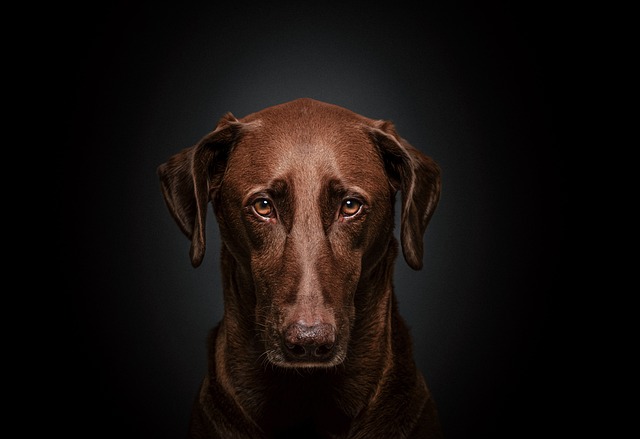
What are the 5 steps to train a dog?
Training a dog isn't just about teaching tricks—it's the key to building a harmonious life together. Whether you're a new puppy parent or adopting an adult dog,
On an afternoon when the courtyard is bathed in sunlight, or on the lush green lawn of a park, playing a fetch game with your dog is undoubtedly a very warm and interesting scene in the life of pet ownership. When the dog excitedly chases the thrown ball and then brings it back and puts it in your hand, that positive response and intimate interaction not only provide the dog with necessary exercise and mental stimulation, but also invisibly deepen the emotional bond between you and the dog. However, teaching a dog to fetch and put down objects is not something that can be accomplished overnight. We need to master scientific methods and invest sufficient patience and love.
The first step in training is to select suitable training props. The props should not only meet the dog's preferences but also ensure safety. For most dogs, soft cloth balls, rubber toys, or specialized frisbees are all good choices. The texture of these toys will not harm the dog's mouth, and their size is also convenient for the dog to pick up. At the same time, prepare some delicious snacks as rewards, such as dried chicken strips, cheese cubes, etc. This is crucial for motivating the dog's training enthusiasm. Dogs have a natural desire for food, and the reasonable use of snack rewards can make the training more effective.
After preparing the training props, you can choose a quiet and undisturbed space to start the training. A good training environment helps the dog to focus its attention and better understand and execute commands. The living room at home or a quiet corner outdoors is an ideal training ground.
Before formally training the fetch action, let the dog get familiar with the training props first. Shake the toy in front of the dog to attract its attention and stimulate its curiosity. When the dog shows interest in the toy and starts to actively sniff and touch it, give praise and snack rewards in a timely manner. The purpose of this step is to let the dog associate the toy with a pleasant experience, laying the foundation for the subsequent training.
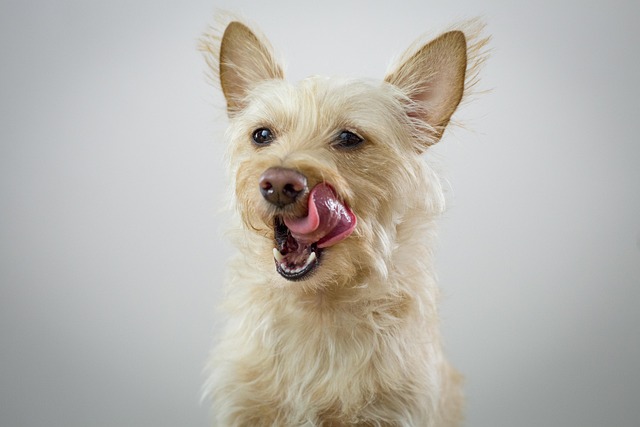 Next, move on to the training of the fetch action. Gently throw the toy a short distance and at the same time issue a clear and concise command like "go" or "fetch". At the beginning, the dog may not quite understand the meaning of the command, and we need to guide it. If the dog doesn't respond, we can lead it towards the toy and encourage it to pick it up. When the dog successfully picks up the toy, immediately give enthusiastic praise and snack rewards to reinforce its correct behavior. Repeat this training, gradually increasing the distance the toy is thrown, so that the dog gets used to following the command to fetch objects.
Next, move on to the training of the fetch action. Gently throw the toy a short distance and at the same time issue a clear and concise command like "go" or "fetch". At the beginning, the dog may not quite understand the meaning of the command, and we need to guide it. If the dog doesn't respond, we can lead it towards the toy and encourage it to pick it up. When the dog successfully picks up the toy, immediately give enthusiastic praise and snack rewards to reinforce its correct behavior. Repeat this training, gradually increasing the distance the toy is thrown, so that the dog gets used to following the command to fetch objects.
Teaching the dog to put down the object is another key part of the fetch training. When the dog brings the toy back to you while holding it in its mouth, issue the command "drop" and at the same time make a gesture of reaching out to take it. If the dog doesn't understand, you can try to tempt it to drop the toy with a snack. The moment the dog drops the toy, give praise and snack rewards in a timely manner. This process may need to be repeated several times before the dog forms a conditioned reflex.
During the training process, patience and consistency are the keys to success. The learning speed of dogs varies due to individual differences. Some dogs may quickly master the skills of fetching and putting down objects, while some dogs may need more time and practice. No matter how fast or slow the dog's learning progress is, we should maintain patience and avoid punishing or scolding them for their mistakes. Every training session is an opportunity to communicate with the dog. We should use a positive attitude and methods to let the dog learn in a relaxed and pleasant atmosphere.
At the same time, pay attention to the training frequency and duration. The dog's attention span is limited, and each training session should not be too long. About 10 to 15 minutes is more appropriate. You can conduct 2 to 3 training sessions a day to maintain the continuity and stability of the training. In addition, according to the dog's age and physical condition, reasonably adjust the training intensity to avoid overtraining and causing a physical burden on the dog.
During the training process, it is inevitable to encounter some problems. For example, the dog may only be interested in snacks and not pay attention to the toy; or it may be unwilling to put down the toy after bringing it back. When faced with these problems, we should calmly analyze the reasons and take corresponding solutions. If the dog is only interested in snacks, you can try reducing the amount of snacks and increasing the attractiveness of the toy. If the dog is unwilling to put down the toy, you can try tempting it with a more delicious snack or distracting it with another toy.
Teaching the dog to fetch and put down objects is not only a skill training but also an opportunity to deeply understand the dog and enhance the relationship. When we see the dog gradually master the skills during the training and its eyes are shining with confidence and joy, we will also feel a great sense of accomplishment in our hearts. This tacit understanding and trust between humans and dogs are the most precious wealth in the life of pet ownership.

Training a dog isn't just about teaching tricks—it's the key to building a harmonious life together. Whether you're a new puppy parent or adopting an adult dog,
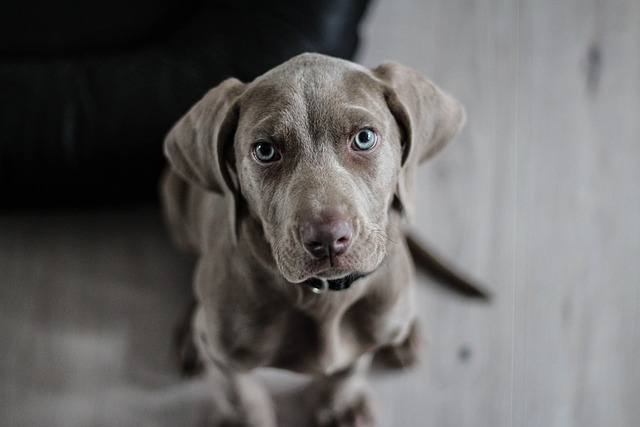
Imagine watching your dog’s ears perk up as they catch a whiff of something exciting. If you’re planning to start scent training your furry friend, you’ve probably wondered

Picture your eight-week-old Labrador, Luna, discovering a dropped blueberry under your Boston kitchen table—her entire body wiggles with nose-driven joy.
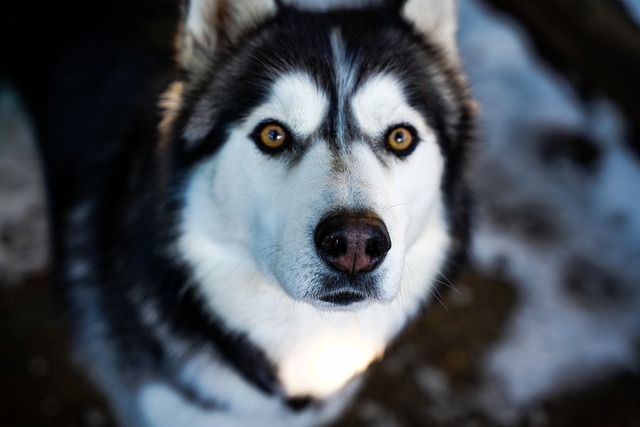
Picture this: You’re welcoming guests into your Seattle apartment when your exuberant Labrador, Buddy, launches himself onto your aunt’s cream sweater—paws first.
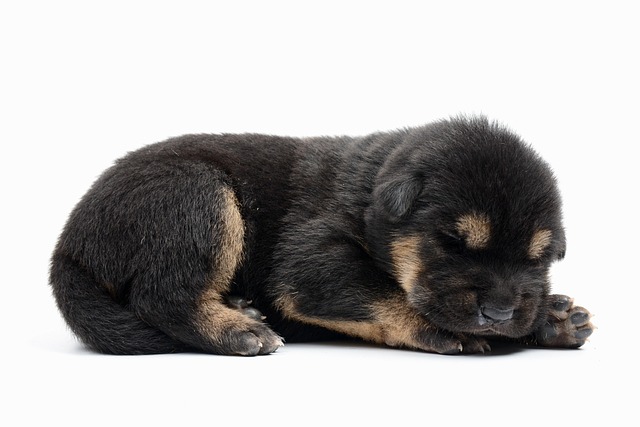
Watching your dog trot back with a ball or newspaper in their mouth is a classic canine sight—and a skill you can teach with patience and play.
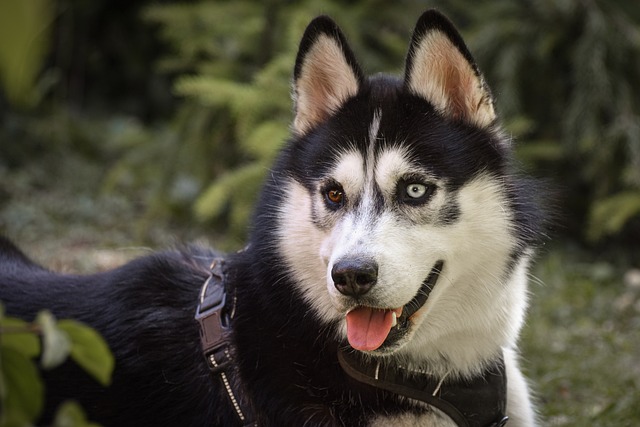
Picture this: You’re out for a morning walk with your dog, and suddenly, they bare their teeth and lunge at a jogger. It’s a heart-stopping moment